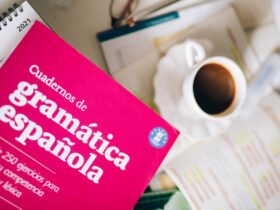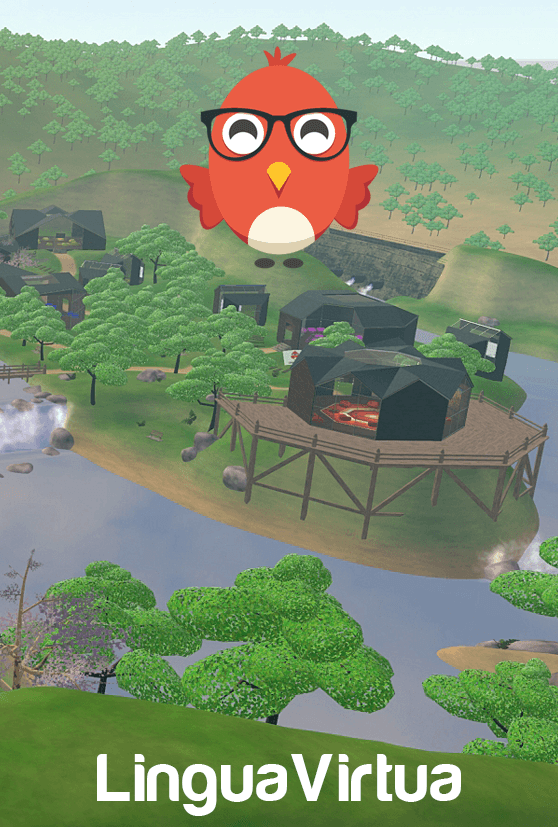The Filipino language is the national language of the Philippines and one of the two official languages of the country, along with English. The language is mainly based on Tagalog, one of the Philippines’ three lingua franca.
As such, the Filipino language is considered to be a standardized variety of Tagalog, with a mixture of commonly used words from other dialects in the country. For example, the Cebuano word “kawatan” (thief/robber) is now more widely used in national TV—which is based in the Tagalog-speaking capital of the Philippines, Manila—instead of the Tagalog equivalent “magnanakaw.”
About 20 million people in the Philippines speak Tagalog as their first language, while approximately 45 million people are L2 (second-language) speakers. Around the world, there are over 1.6 million Tagalog speakers in the US, making it the fourth most-spoken language in the States, and 400,000 in Canada.
Writing System and Pronunciation
The Filipino language uses the Latin alphabet, with the addition of the Spanish ñ (enye) and the digraph ng (nga)—a total of 28 letters in the modern Filipino alphabet as of 1987.
Prior to that time, in the seventeenth-century Spanish period, the Filipino alphabet had 32 letters: CH (che/se-hache), LL (elye), and RR (er-re), which are termed as abecedario. However, the present 1987 Constitution simplified the official alphabet to reflect the modern bilingual education policy in the country. These letters, however, are still widely used in the alphabet of the Chavacano language, a Spanish-influenced creole dialect spoken in Zamboanga City (Mindanao) and in Cavite City (Luzon).
Filipino words are also typically written phonetically, especially for English loan words—that is, they are spelled as it would be pronounced in English. For example, “basketbol” for basketball, “gadyet” for gadget, “drayber ” for driver, “titser” for teacher, “traysikel” for tricycle, and “ambisyon” for ambition. From the aforementioned examples, you can observe that Filipinos tend to pronounce the phonetic AL as a harder OL, Dʒ as DY, CH as TS, KL as KEL, and SH as SY.
It’s also worth noting that due to predominantly Spanish influence, the Filipino language essentially does not have the letters F and V; they are instead pronounced as P and B respectively (e.g., “Pebrero” for February and “probinsya” for province). The inclusion of the Latin alphabets not typically used in traditional Tagalog words is in compliance with the modern Filipino’s tendency to code-switch from Filipino (or any of the country’s dialects) to English.
Grammar
The sentence structure in spoken and formal written Filipino language is slightly different. In writing and formal spoken Filipino, the grammatical pattern is subject followed by a predicate.
For example, “Ako’y nawawala” (I am lost) follows the subject-predicate pattern in formal spoken or written Filipino. However, in informal usage, the same sentence can be spoken as “Nawawala ako,” which is also grammatically correct but uses the inverted form of the sentence structure (predicate-subject).
In terms of verb tenses, Filipino verbs can be quite morphologically complex. To simplify, the past tense of a verb usually takes the infinitive affixes um, na, nag, nang, or in; the present tense of verbs take on the same infinitive affixes as mentioned but the first syllable or the first two letters of the root word will be repeated; and for the future tense of verbs, the affix mag is usually used and the root word’s first syllable or the first two letters are repeated.
For example, the root word “luto” (cook) would be “nagluto” in the past tense, “nagluluto” in the present tense, and “magluluto” in the future tense.
Dialects
The Philippines is a multilingual country, mostly attributed to its geography—the country is made up of 7,641 islands, of which each region has a unique language and/or dialect.
The numbers vary among sources, but there are around 120 to 187 languages in the Philippines. Majority of these languages and dialects are part of the Austronesian language family. Out of this number, only 8 are non-indigenous; the rest are considered indigenous and are only spoken within the region of origin.
Among all the languages in the Philippines, the following are the most widely spoken, which are also considered as the country’s lingua franca:
- Tagalog – As mentioned, the Filipino language is considered as a standardized form of Tagalog. The reason behind this choice is because Tagalog is the only language that can be generally understood and spoken in almost every part of the country. Tagalog is mainly spoken in Luzon, the largest region of the country.
- Cebuano – Cebuano is the second most spoken language in the Philippines, which is mainly used in the Visayas region, particularly Cebu where the name of the language originated, and in some areas in Mindanao (e.g., Cagayan de Oro, Davao, Butuan, and General Santos). The term Cebuano is, however, more of a formal coinage; the term Binisaya or simply Bisaya is more commonly used.
- Ilocano – The third most spoken language in the Philippines, Ilocano is a blend of several other languages such as Malay, Hawaiian, Samoan, and Tahitian. Ilocano is mostly spoken in the Ilocos region in Northern Luzon.
Other widely used regional languages in the Philippines include Waray-waray (spoken mostly in Eastern Visayas, Northern and Eastern Samar, and Biliran), Hiligaynon (spoken in the Panay islands, Iloilo, Antique, Bacolod, and Aklan), and Kapampangan (spoken in Pampanga, Bataan, Southern Tarlac, and in some areas in Central Luzon).
Learning the Filipino language can be quite handy if you are a business owner who deals and works with Filipino remote workers, or if you’re someone who simply wants to go to the country for leisure. The Philippines is a country rich in culture and a paradise for language lovers, with all its varying regional languages and dialects on top of the official Filipino language. However, the wonderful thing about the Filipino people is that even the uneducated and illiterate can understand and speak English, even in broken terms, which makes communication a lot easier.


























Leave a Reply